Follow these steps to properly close your pool this year
1. One week prior to closing, bring a water sample to the store so your pool can be properly balanced.
2. 48 hours before closing, clean your sand filter with Filter Cleaner.
- If you have a cartridge filter, it can be cleaned once the pool has been closed. This will ensure that debris, waste and oil are not able to sit in the filter over the winter.
3. Twelve hours prior to closing, add the appropriate dosage of Fix and Meta-Stain Prevent.
4. Clean your solar blanket using Cover Cleaner and store in a safe, dry place.
5. Clean pool water line using Amaze.
- It will be much easier to remove the stains from the water line before it has a chance to stick to the liner over the winter.
6. Remove ladders, drop in steps, diving board and disconnect slide hose(s).
7. The day of winterizing, remove your skimmer basket and vacuum your pool using the waste/drain setting on your filter.
- This allows you to vacuum and lower the water level at the same time. (If you do not have this setting, you will need a submersible pump).
8. Lower the water level below the return jets, approximately 4”-6” below the skimmer.
- Do not take the water level any lower as the liner could start to pull away from the pool wall.
- Some older pools have return jets lower than 6” below the skimmer.
- Use a duck plug to ensure no water re-enters the lines after they are blown out.
- If you have a fiberglass pool, do not drain more than 1” below the skimmer.
9. Turn the pump off and add Pro Closing Kit.
- Use wall brush to manually circulate chemicals.
10. Install Gizzmo or expandable plug in main drain hole — if the main drain hole is threaded use a Gizzmo.
- Some pools may not have a main drain hole.
- Remove the vac hose from the skimmer.
11. Turn the pump back on. This will clear the lines to the pump.
- Watch the pump basket and when it no longer has any water, shut it off.
12. Set the filter handle to the winterize position.
- If you do not have the winterize position, place the handle in between 2 settings. (This will keep the handle raised so it does not seize in one position.)
- If you have a cartridge filter, remove the drain cap and the filter(s) from the cannister.
- Reinstall the drain cap and reassemble the filter once drained.
13. Remove the eyeballs in the return jets and use a shop vac to suck out the suction and return lines.
- Plug the return lines with threaded plugs and use Teflon tape to seal.
14. Pour 2 liters of Ice Away down the suction hole into the skimmer.
- Plug suction line with Gizzmo or expandable plug.
- Add the remining 2 liters of Ice Away on top of the plug.
- If the pool does not have a main drain hole, you must use a Gizzmo in the suction line.
15. Drain the pump, filter, chlorinator, Nature 2, and heater.
- Remove the drain plugs from all the equipment as well as the pressure gauge and sight glass to store for the winter.
- If you have a cartridge filter, be sure to reinstall the drain cap.
16. Disconnect the pressure switch on your heater and shut off the gas.
- Store these parts in a marked bag for next year to hold on to all your parts.
17. Shut off the breaker to the system.
- If you have a salt chlorinator, remove leads and wrap in plastic bag.
- Disconnect salt cell unions and insert expandable plugs in the plumbing.
- Clean cell with Salt Cell Saver.
- Store cell with the rest of your baskets and plugs.
- Indoor storage is recommended for salt cells and cartridges from filter.
- If you have a UV system, unplug it and then disconnect the unions from the plumbing.
- Use a shop vac to suck out any remaining water from the unit.
- Store UV system in a safe, dry place.
18. Remove your pool light and sink to the bottom of the pool with weights.
- Do not leave the light in the fixture.
- Shut off the power to the light fixture.
19. If you have built in steps with jets, remove the jets and blow out the lines using a shop vac.
- Plug with expandable plugs and put stair cover on the pool, if you have one.
20. For waterbag covers, put the waterbags on the cover end-to-end, overlapping and leaving no spaces.
- Fill waterbags three-quarters full to allow for freezing and expansion.
21. For lock in covers, determine which way the cover needs to be matched up to the pool and begin feeding the beaded edge into the top track of the coping.
- Continue all the way around the pool until the whole cover is locked into place, using t-bead and/or cover wedges to help hold it in place.
- Put about an 1” of water on top of the cover and a bottle of Algi Pro 40 or Cover Cleaner.
22. For safety covers, do not take water down more than 4-6” below the skimmer.
- Determine which way the cover needs to be matched up to the pool and begin locking it into place with the springs and screws/anchors working from opposite corner to opposite corner.
23. Store any dry chemicals in a clean dry space.
- Store any liquid chemicals inside a heated area so they do not freeze.
RELATED ARTICLES

Luna + Solei: 24/7 Pool Care That Works While You Rest and Play
Luna + Solei: 24/7 Pool Care That Works While You Rest and Play What if pool care worked around your schedule-not the other way around? With Luna + Solei, you can finally enjoy a backyard pool that’s clean, clear, and low maintenance-without constant testing, shocking, and balancing. This revolutionary Day & Night Pool Care System…
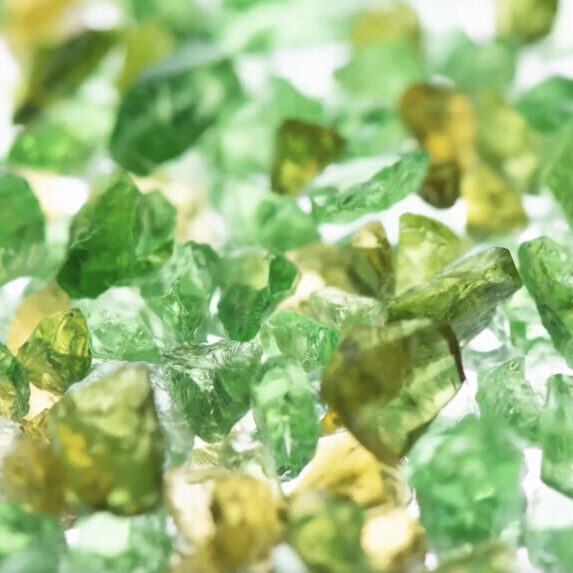
Upgrade Your Pool Filtration with AFMng: Say Goodbye to Sand, Hello to Sparkling Water
UPGRADE YOUR POOL FILTRATION WITH AFMng: SAY GOODBYE TO SAND, HELLO TO SPARKLING WATER If you’re still using sand in your pool filter, it’s time to rethink your water care. At Buds, we’re always on the lookout for the best solutions for our customers-and AFMng is a game-changer. Made from recycled, activated glass, AFMng is…
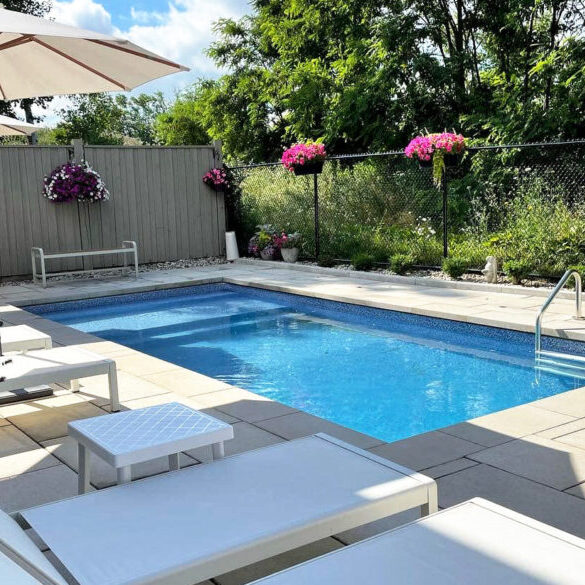
Plunge Pool vs. Traditional Swimming Pool: Which One Is Right for You?
Plunge Pool vs. Traditional Swimming Pool: Which One Is Right for You? When designing your dream backyard oasis, one of the biggest decisions is choosing between a plunge pool and a traditional swimming pool. While both offer the joys of relaxation and recreation, they differ significantly in size, maintenance, cost, and suitability for various lifestyles…
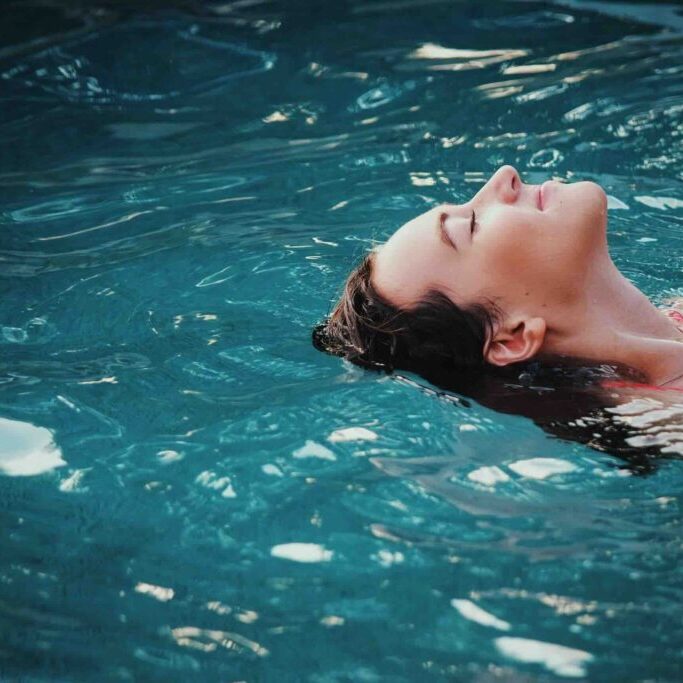
What is a plunge pool, and should I get one?
What is a plunge pool, and should I get one? If you’ve been researching pools at all this year, you may have noticed that plunge pools are seriously trending. While you probably have some idea of what a plunge pool is all about, you might be wondering about the specifics that make these pools different…
![swimming-pool-small-yard-9 Photo: Hydropool [swim spa]](https://budsspas.com/wp-content/uploads/bb-plugin/cache/swimming-pool-small-yard-9-square-57235efa5c8b11df53a00ee0c9a24018-.jpg)
Treating Biofilm in a Swim Spa
How to Treat Biofilm in your Swim Spa What is Biofilm? Biofilm in hot tubs refers to a complex community of microorganisms that adhere to surfaces and form a slimy, protective layer. Biofilm can develop on various surfaces within a hot tub, such as the walls, pipes, and filters. IMPACT Reduced effectiveness of sanitizers: The…
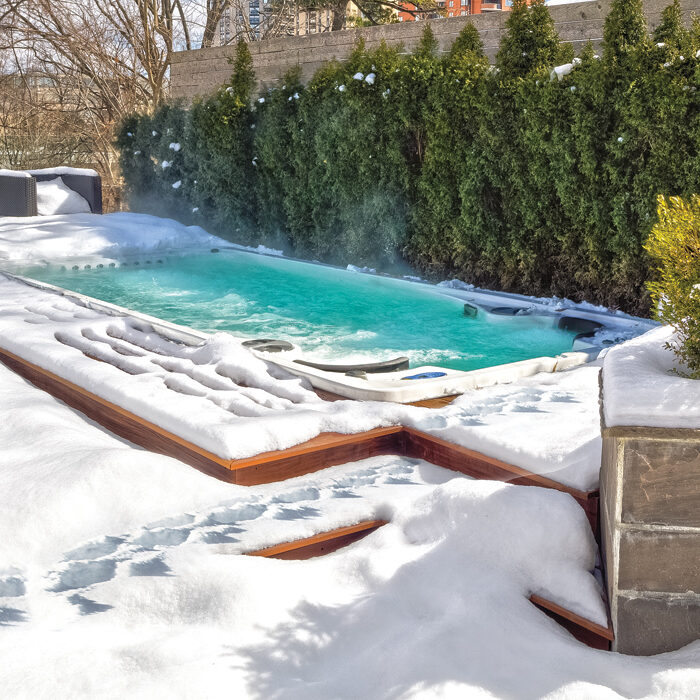
Swim spa winterization guide
how to prepare your swim spa for the winter Winterizing your swim spa properly is extremely important to ensure that all the lines and equipment do not freeze and crack over the winter. Drain spa as per normal procedure. Remove pillows, the skimmer basket and the filter(s) from the canister. Chemically clean your filter(s) with…
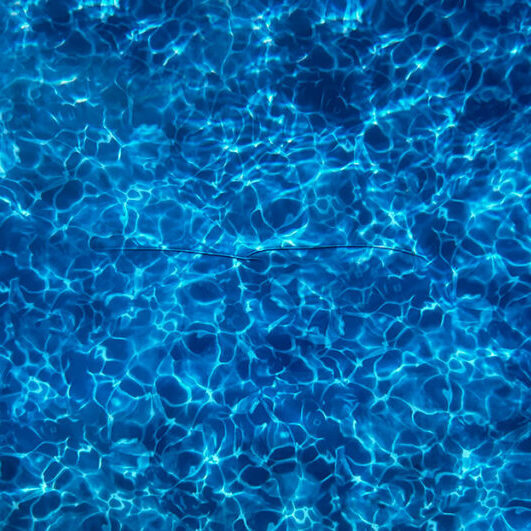
Understanding and Addressing Pool Liner Wrinkles
Understanding and Addressing Pool Liner Wrinkles When it comes to pool liner wrinkles, it’s crucial to distinguish between those caused by installation issues and those arising from other factors. If a wrinkle appears due to a poor fit or incorrect measurements during installation, it will be evident as soon as the pool is filled. Wrinkles…

What is a Pool Orientation and Why is it Essential for New Pool Owners?
What is a Pool Orientation and Why is it Essential for New Pool Owners? Owning a pool is a luxury that brings fun, relaxation, and a perfect gathering spot for family and friends. However, with this luxury comes the responsibility of maintaining and managing your pool to ensure it remains a safe and enjoyable space.…
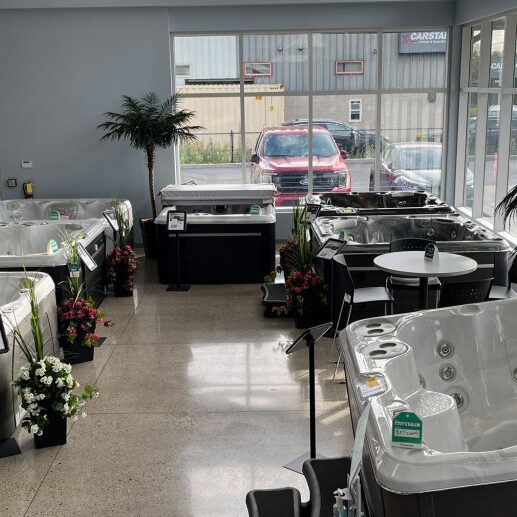
Benefits of In-Person Shopping for Hot Tubs, Pools & Swim Spas
We know that online shopping can be convenient. But at Buds we still believe that hot tubs, swim spas and pools, not to mention their parts and supplies, are best shopped for in person.
So while you might start your shopping journey online, we hope that you’ll take the chance to visit us in store before finally making your purchase.
There are many reasons why we think brick-and-mortar stores like Buds are the smart choice for customers.
Check out our top reasons and let us know if you agree!
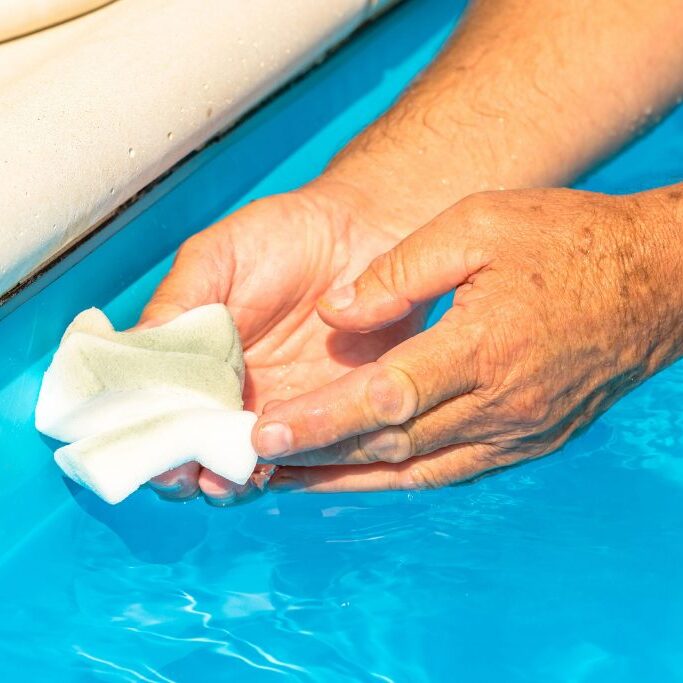
How to Treat and Prevent Metals and Staining
How to treat and prevent metals and staining Metals and Staining in a Pool Metals can be introduced to the water through foreign object or equipment such as: Copper piping and fittings, Heat exchanger, Using Copper Sulphate and other copper-based algaecides, Source water. Metals in pool water may cause staining to the liner, fiberglass, or…

Should I finance my pool purchase?
In its most formal application, contrast hydrotherapy involves alternating between immersion in hot and cold water. It’s a practice with growing popularity among athletes and health enthusiasts for its many reported benefits.
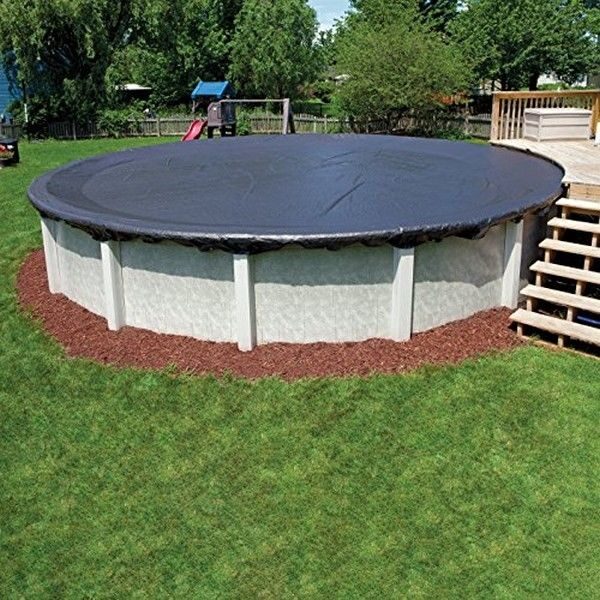
Above Ground Pool Closing Instructions
How to close your above ground pool Pool Closing Steps 1 One week prior to closing, bring a pool water sample to the store so your pool can be properly balanced. It is natural for sitting water to become acidic on its own, so balancing the water is very important prior to closing your pool.…
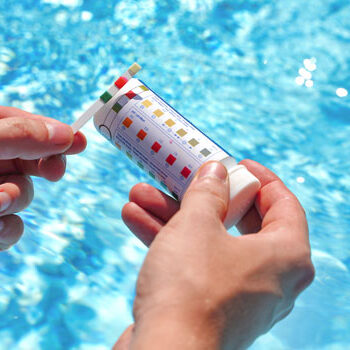
The Benefits of Borate to Treat Your Pool
Why Your Should Use Borate In Your Pool What is Borate? Borate prevents pH drifting, which results in calcium scaling, metal stains, cloudy water, algae, and hard pool water. When you use borate, the water will remain clear for a long period since chloramine (or combined chlorine) does not form quickly as compared to a…
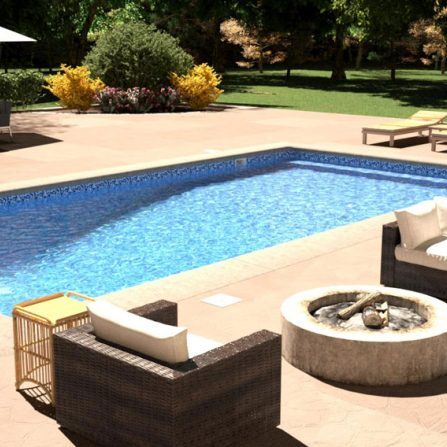
How to Reduce Phosphates in Your Pool
How to Reduce Pool Phosphates What are phosphates? Phosphates are food for algae. Although they are present in all water, once they reach a certain level they can cause issues in your pool. Phosphates can consume chlorine causing a consistently low level in your pool. When you have an extremely low chlorine reading, your pool…
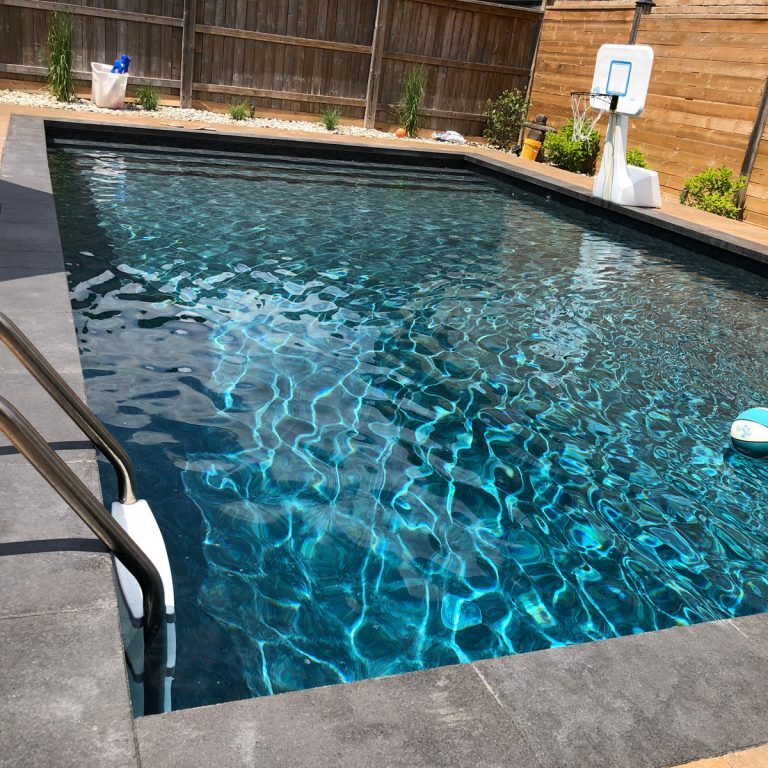
Spring Set-up for Pool UV Systems
How To Open Your Pool’s UV System SET-UP INSTRUCTIONS When spring arrives, it’s time to pull out your UV system and get it ready for the summer pool season. Below is a checklist that will help in getting the most out of your system. If your UV system is still installed on your pool equipment,…
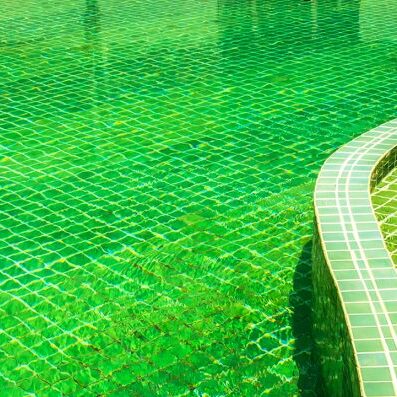
How to Treat Pool Algae
How to Treat and Prevent Algae How to Treat and Prevent Algae during Spring Opening Warning: when following these steps, DO NOT use your automatic vacuum as there is no option of vacuuming on waste/drain. Bring a pool water sample into Buds for water balance assistance. Remove large organic debris from the bottom of the…
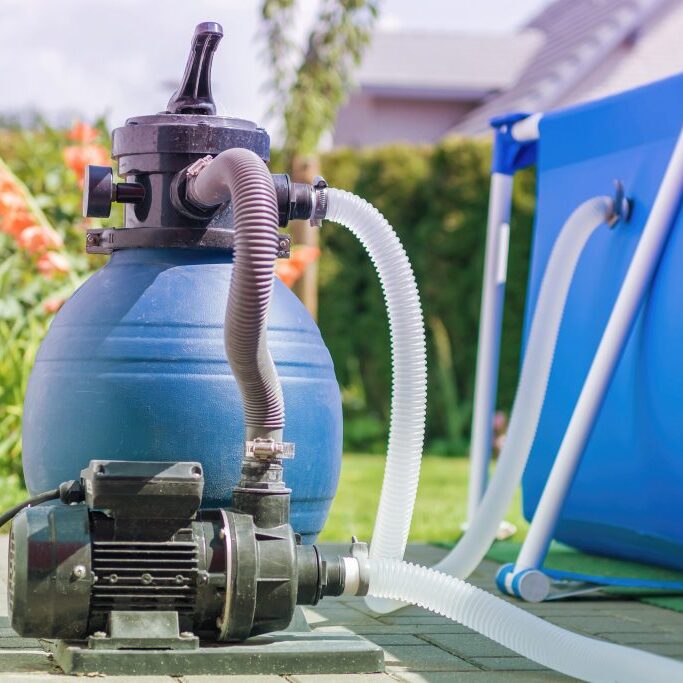
How to Change & Clean the Filter Media
How to Clean & Change a sand filter How to Change the Filter Media Sand should be changed in the filter every 3-5 years. However, if the sand is not cleaned once per season the sand may need to be changed much more often than that. 1 Turn off the pump. 2 Take the drain…
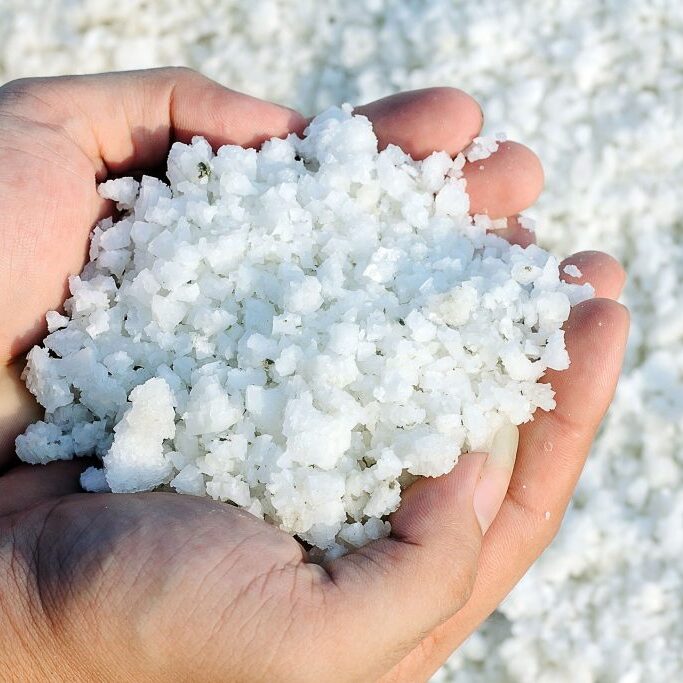
How to Clean a Pool Salt Cell
How to Clean a Salt Cell It is important to maintain a clean salt cell so chlorine can be continuously produced. Salt cells that have a lot of scale or calcium build up cannot effectively produce sanitizer and often create flow issues within the pool system. You should check your salt cell weekly to ensure…
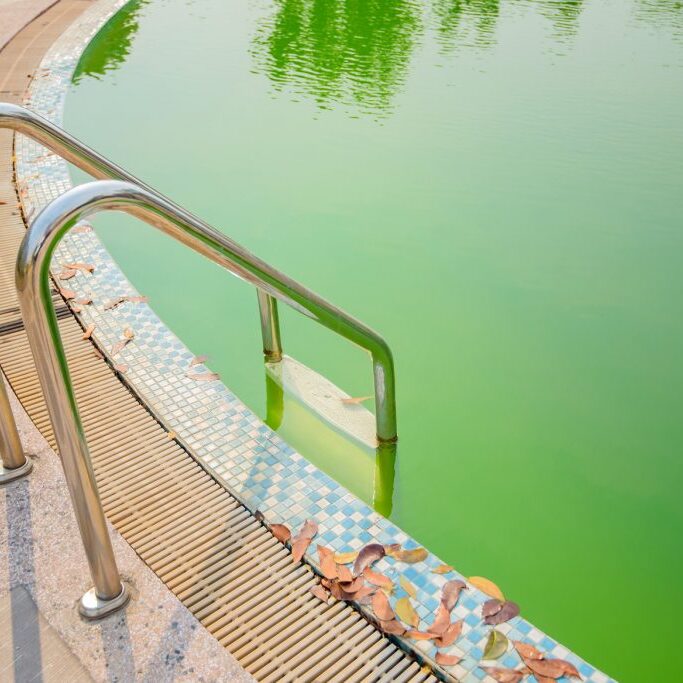
How to Treat and Prevent Cloudy or Foggy Pool Water
How to Treat Extremely Cloudy or Foggy Water How to Treat Extremely Cloudy or Foggy Water Bring a pool water sample into Buds Spas and Pools for water balance analysis. Adjust pH and/or chlorine levels as recommended by the water lab. Follow Option A, B or C depending on the level of clarity in the…
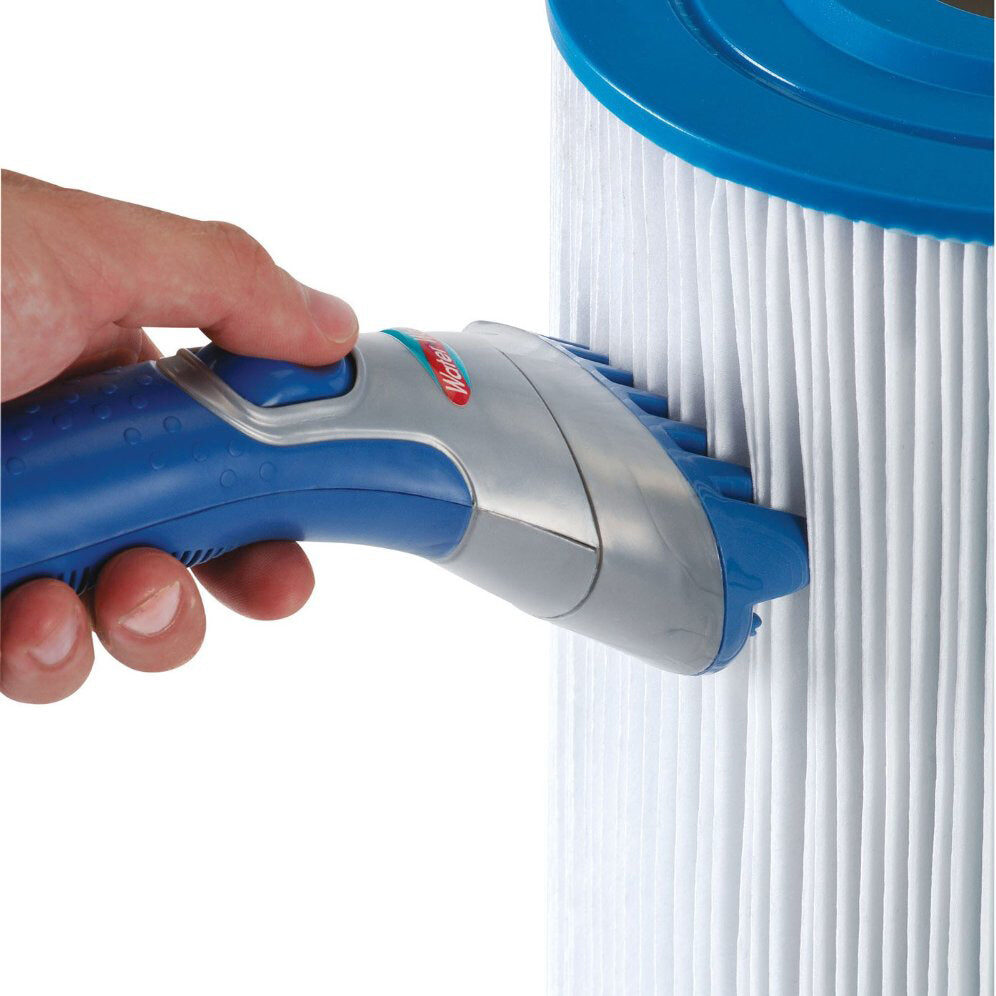
Pool Filter Cartridge Cleaning Instructions
How To Clean A Pool Filter Cartridge When should a cartridge element be cleaned? For hot tubs and swim spas, establish a routine cartridge cleaning schedule based on the amount of spa usage. This should include rinsing the cartridge weekly (or more frequently with heavy use), as well as using Rapid Action Filter Cleanse every…